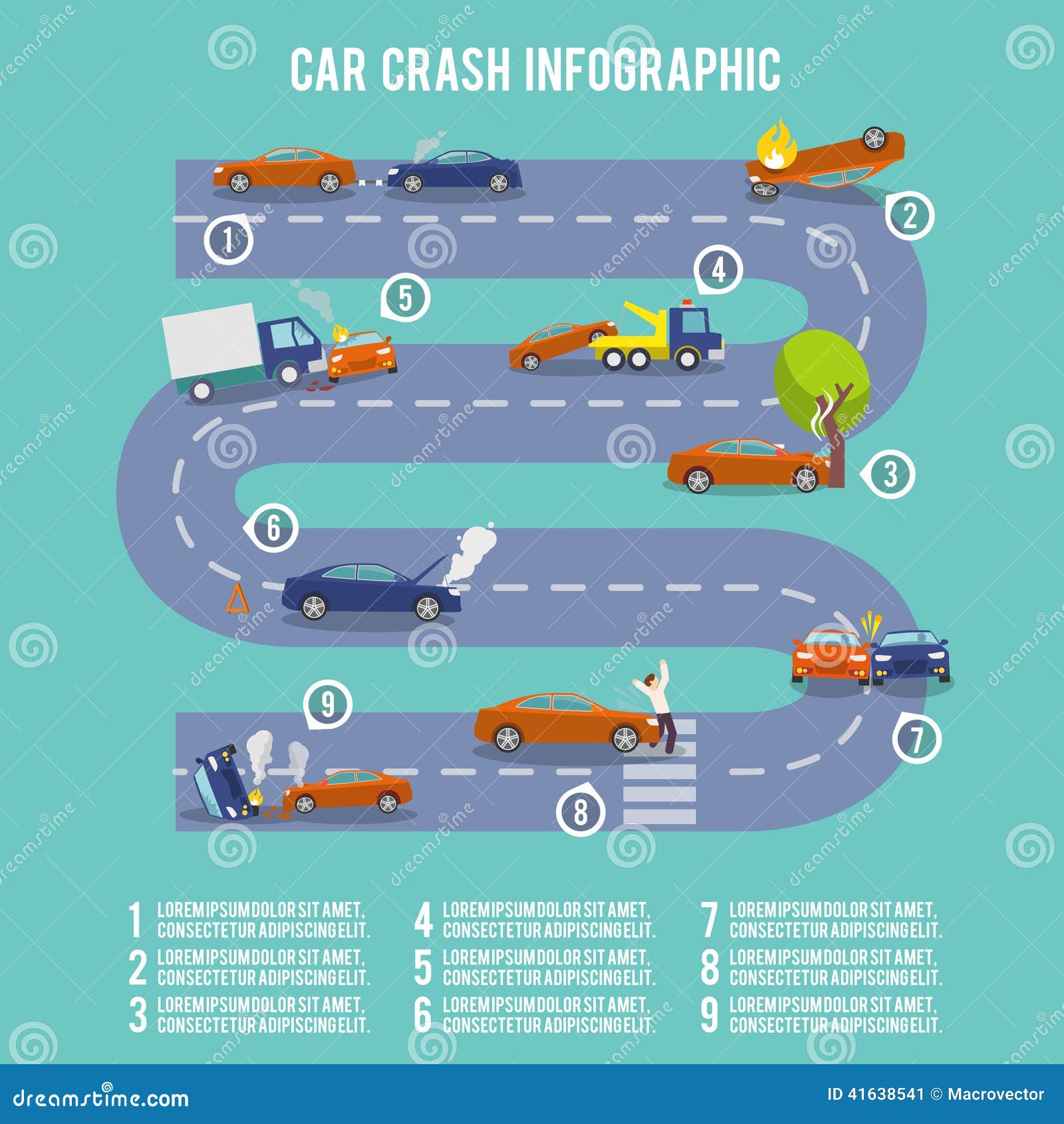Comprehending The Definition Behind Your Automobile'S Caution Lighting: An Extensive Appearance
Comprehending The Definition Behind Your Automobile'S Caution Lighting: An Extensive Appearance
Blog Article
Published By- car clean auckland
When you're behind the wheel, those glowing caution lights on your dashboard can be a bit complicated. Do you understand what they're trying to inform you regarding your cars and truck's health? Recognizing the value of these lights is vital for your safety and the longevity of your automobile. So, the next time one of those lights turns up, wouldn't you wish to decipher its message precisely and take the needed steps to address it?
Common Caution Lights and Interpretations
Identify common warning lights in your cars and truck and understand their definitions to make certain risk-free driving.
The most common caution lights include the check engine light, which indicates concerns with the engine or emissions system. If this light comes on, it's crucial to have your vehicle inspected quickly.
The oil pressure alerting light shows reduced oil pressure, needing prompt focus to prevent engine damages.
A flashing battery light could recommend a damaged billing system, possibly leaving you stranded otherwise addressed.
The tire stress tracking system (TPMS) light alerts you to low tire stress, impacting automobile stability and gas performance. Ignoring this can lead to risky driving problems.
The abdominal muscle light suggests a trouble with the anti-lock stopping system, compromising your capability to stop rapidly in emergency situations.
Last but not least, the coolant temperature level alerting light warns of engine getting too hot, which can lead to serious damages if not settled swiftly.
Recognizing these common warning lights will aid you resolve concerns quickly and maintain safe driving problems.
Importance of Prompt Attention
Recognizing the common warning lights in your cars and truck is just the initial step; the value of without delay addressing these warnings can not be emphasized enough to guarantee your safety when traveling.
When a warning light illuminates on your control panel, it's your automobile's method of interacting a potential problem that needs interest. Overlooking these warnings can result in a lot more severe problems in the future, compromising your safety and security and possibly costing you much more out of commission.
Trigger interest to warning lights can avoid malfunctions and accidents. As an example, a flashing check engine light can show a misfire that, if left ignored, can trigger damage to the catalytic converter. Resolving this without delay can save you from a costly repair.
Similarly, https://ecu-tuning-near-me28405.nizarblog.com/30439665/intrigued-in-comprehending-the-warning-lights-on-your-car-s-dashboard-discover-their-importance-for-your-lorry-s-security-and-general-condition warning light might signal low brake fluid or used brake pads, important elements for your safety and security when driving.
DIY Troubleshooting Tips
If you notice a warning light on your control panel, there are a couple of do it yourself repairing tips you can try prior to looking for specialist assistance.
The initial step is to consult your car's manual to recognize what the specific caution light suggests. Occasionally https://www.bodyshopbusiness.com/auto-body-shop-management-silo-or-synergy/ can be as basic as a loosened gas cap triggering the check engine light. Tightening the gas cap might resolve the problem.
An additional usual issue is a reduced battery, which can trigger different alerting lights. Examining the battery connections for rust and ensuring they're safe may take care of the problem.
If a caution light persists, you can try resetting it by separating the automobile's battery for a few mins and then reconnecting it. Additionally, examining your automobile's liquid degrees, such as oil, coolant, and brake liquid, can aid repair alerting lights associated with these systems.
Conclusion
Finally, understanding your auto's caution lights is crucial for maintaining your car running smoothly and safely. By immediately resolving these notifies and knowing what they imply, you can avoid pricey repairs and possible break downs.
Remember to consult your auto's manual for particular information on each alerting light and act as necessary to guarantee a trouble-free driving experience.
Keep notified, remain risk-free on the road!
